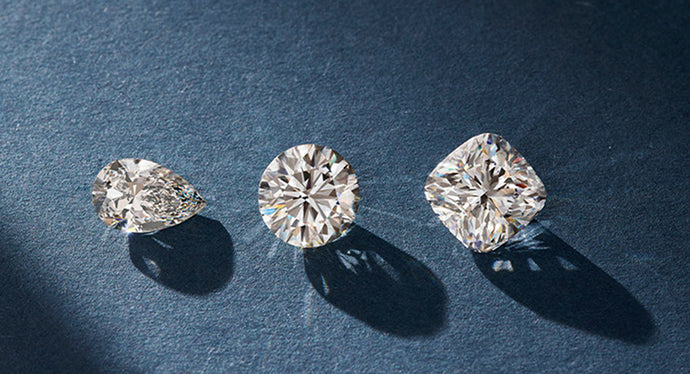In recent years, lab-grown diamonds have emerged as a popular alternative to natural diamonds. This innovative approach to diamond creation has captured the attention of consumers looking for sustainable and ethical options in the jewelry market. Organizations like the World Wildlife Fund (wwF and lab grown diamonds) are increasingly highlighting the environmental and ethical issues surrounding traditional diamond mining, making lab diamonds a more appealing choice.
Table of Contents
What Are Lab-Grown Diamonds?
Lab-grown diamonds, often referred to as synthetic diamonds, are created in controlled environments using advanced technological processes. Unlike mined diamonds, which are formed over millions of years deep within the Earth’s crust, lab diamonds can be produced in a matter of weeks. This rapid production process not only reduces the environmental impact associated with diamond mining but also ensures that consumers are purchasing conflict-free stones. WWF advocates for sustainable practices, making lab diamonds a perfect fit for environmentally conscious shoppers.
The Environmental Impact of Diamond Mining
The extraction of natural diamonds is often linked to significant environmental degradation. Mining activities can lead to deforestation, soil erosion, and disruption of local ecosystems. WWF emphasizes the need for sustainable alternatives that minimize harm to the planet. Lab diamonds offer a solution, as their production requires significantly less energy and water than traditional mining. By choosing lab-grown diamonds, consumers can make a positive impact on the environment while still enjoying the beauty and elegance of diamonds.
Ethical Considerations in the Diamond Industry
The diamond industry has long been scrutinized for its association with human rights abuses and conflict financing. Many natural diamonds are mined in regions where labor conditions are poor, and profits are funneled into violent conflicts. WWF and other organizations have worked tirelessly to promote ethical sourcing in the diamond supply chain. Lab-grown diamonds provide a transparent alternative, as they are created in environments that adhere to strict ethical standards. Consumers can purchase these gems with confidence, knowing they are supporting responsible practices.
The Quality of Lab-Grown Diamonds
One common misconception about lab-grown diamonds is that they are inferior to natural diamonds. In reality, lab diamonds possess the same physical, chemical, and optical properties as their mined counterparts. Both types of diamonds are graded using the same criteria—cut, color, clarity, and carat weight. WWF highlights that lab-grown diamonds can be produced in a range of qualities, allowing consumers to find the perfect stone to fit their needs and preferences. By choosing lab diamonds, individuals can enjoy high-quality gems without compromising their values.
The Cost-Effectiveness of Lab-Grown Diamonds
Another advantage of lab-grown diamonds is their cost-effectiveness. Generally, lab diamonds are priced significantly lower than mined diamonds, often by 20% to 40%. This price difference allows consumers to purchase larger or higher-quality stones within their budgets. WWF encourages consumers to consider the financial benefits of lab diamonds, especially when looking for engagement rings or other significant jewelry pieces. By opting for lab-grown options, buyers can achieve their dream designs while remaining financially savvy.
The Growing Popularity of Lab-Grown Diamonds
As awareness of environmental and ethical issues in the diamond industry continues to rise, so does the popularity of lab-grown diamonds. Retailers are increasingly offering a wide range of lab diamonds, catering to diverse consumer preferences. WWF’s initiatives to promote sustainable products have undoubtedly influenced this trend, as more people seek out environmentally friendly options. The shift toward lab-grown diamonds is not just a passing fad; it represents a fundamental change in how consumers approach luxury purchases.
How to Choose the Right Lab-Grown Diamond
When selecting a lab-grown diamond, it’s important to consider factors such as size, shape, and quality. Consumers should educate themselves on the 4Cs—cut, color, clarity, and carat weight—to make informed decisions. WWF provides resources and guides for consumers looking to understand these grading systems better. By being knowledgeable about lab diamonds, buyers can confidently select stones that meet their aesthetic and ethical standards.
The Future of Diamonds
The future of the diamond industry is leaning toward sustainability and ethical practices. With increasing demand for lab-grown diamonds, traditional diamond mining may face challenges in the coming years. WWF advocates for continued innovation and transparency within the diamond supply chain, promoting practices that protect both the environment and human rights. As consumers become more aware of the benefits of lab diamonds, the industry may evolve to prioritize sustainable options over mined stones.
Conclusion
In summary, lab-grown diamonds present a viable and attractive alternative to natural diamonds, addressing many of the concerns associated with traditional mining practices. With the support of organizations like WWF, consumers can make informed choices that align with their values. By choosing lab diamonds, individuals not only enjoy beautiful, high-quality gems but also contribute to a more sustainable and ethical future. As the popularity of lab-grown diamonds continues to grow, they will undoubtedly play a significant role in shaping the future of the jewelry industry.

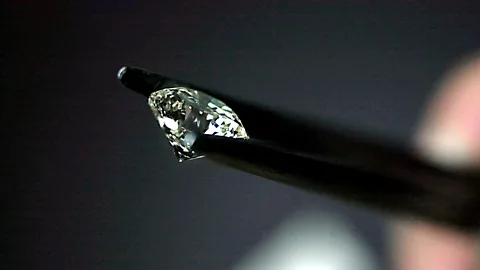
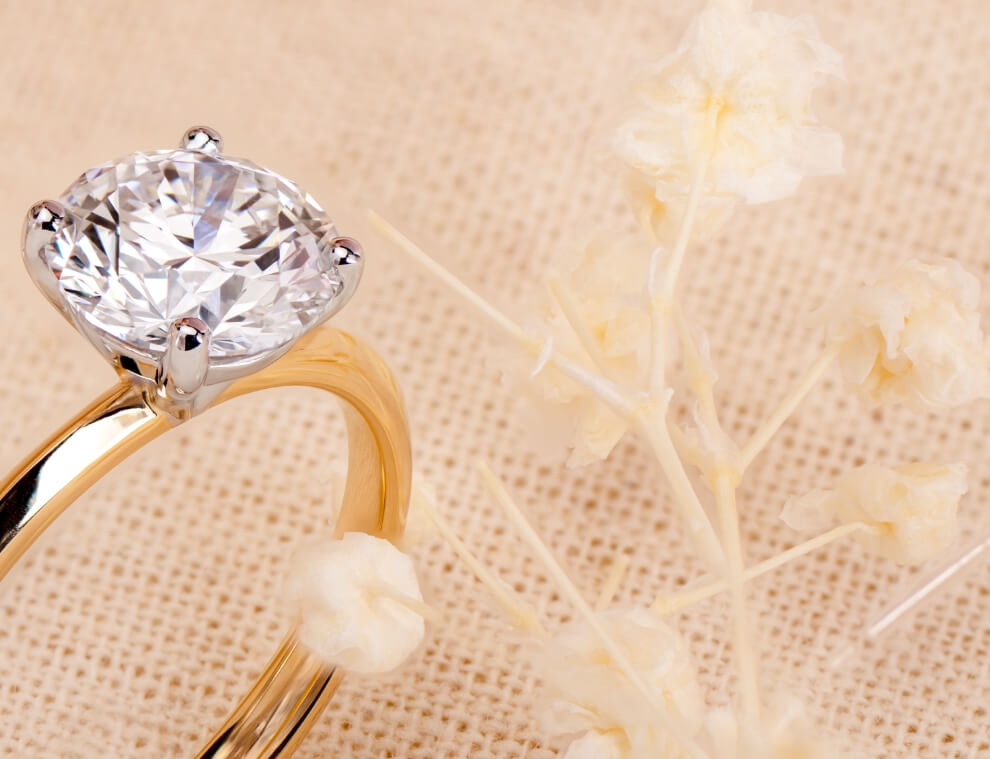
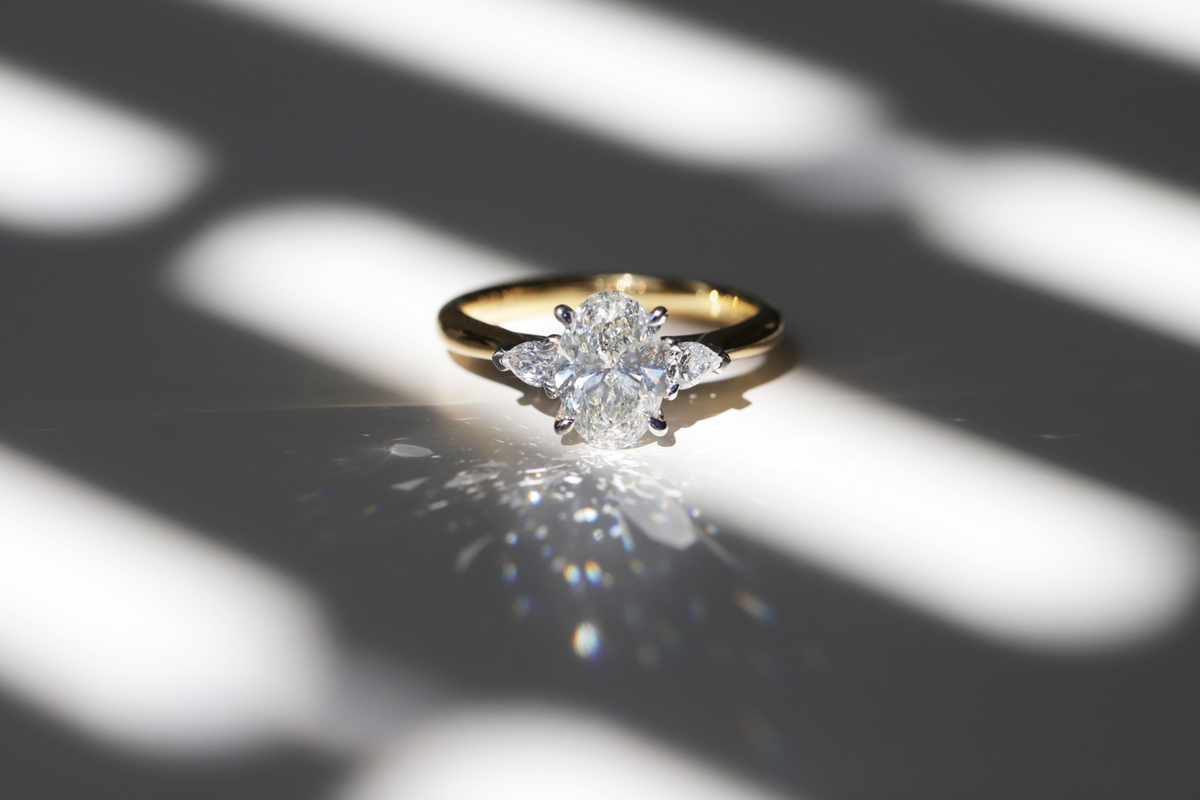


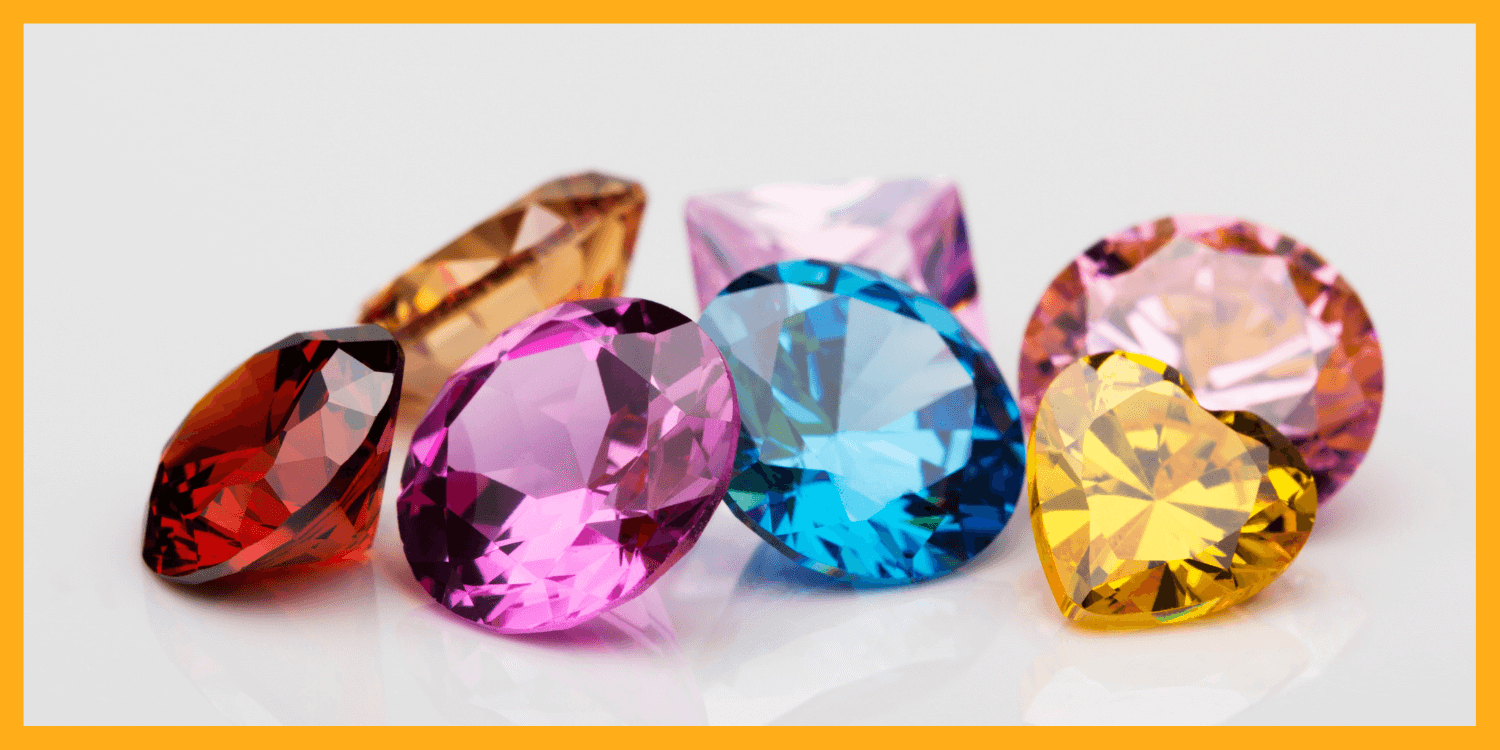
:max_bytes(150000):strip_icc()/ins-primary-best-hoop-earrings-jjuliao-0024.jpg-34cc2296b3044576b5f1891cae5555de.jpg)
